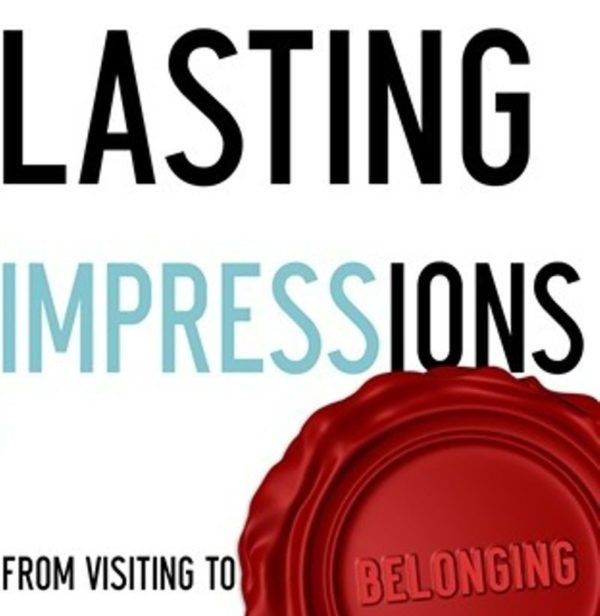Book Review: Lasting Impressions

Not too long ago I posted my list of my top five reads of ’08. Topping the charts was Lasting Impressions, the much-anticipated release by Mark Waltz (you can read about the giddiness here).
I spent some time digging into the book over Christmas vacation, because nothing facilitates reading like egg nog and my mother-in-law’s homemade Chex Mix. Catching up with Mark after reading his first book a few years back was kind of like crossing paths with someone you knew in junior high. There’s a hint of familiarity, but it’s obvious that some killer growth has taken place. Mark’s sophomore effort (I’ve always wanted to use that phrase…please pause whilst I check off my lifetime to do list) carried with it a fresh intensity and fervor for why we do what we do in the realm of guest services.
Going into the read, I was expecting more or less of a play-by-play, this-is-how-we-do-it-at-Granger type synopsis. After the first chapter, I felt kind of like the monkey that kissed the skunk…I didn’t get all I wanted, but I got more than I could stand (another pause while my Yankee readers try to process that one). Mark didn’t just give a list of strategic ideas: he rattled the cage of every church in America as he challenged all of us to really look at the foundational systems and structures of our guest services system.
From open space to architecture to small groups to church language, we as pastors and church leaders have to constantly evaluate and re-think where our members, guests, and prospects are and where we want them to be. If churches were animals, the vast majority of us would be a bloated, rotting whale on the beach…too huge to have righted itself and gotten back to the right environment, too scary to approach, and so covered in funk nobody wants to be anywhere near. (That was my quote, not Mark’s, just so you know where to send the hate mail.) As I look at the state of the American church today, it’s surprising that we can attract enough people to even ask the question, “How can we keep them?”
Here are the big takeaways from the book, along with just a few of the quotes that I underlined throughout. Read ’em, digest ’em, and then order your own copy.
- We’ve got to rise above the “stuff” of ministry to occasionally look at the big picture and figure out the method behind the madness. “…nothing of value ever happened without vision. And every vision that was ever realized did so because of a plan.” (p. 22)
- Our database numbers don’t mean squat. What do those numbers represent in real life? “There’s a big difference between membership – even if it’s growing – and forward movement.” (p. 23)
- As a pastor, I have to draw the line between what I can do and what only God can do. “Being responsible to people is not the same as being responsible for them.” (p. 32)
- Your church’s environment plays a key role in a person’s spiritual journey. “If you fail to identify the purpose of each environment, people will have varying expectations of it. Remember, when experiences don’t meet expectations, people are disappointed.” (p. 61)
- Simplify. Simplify. Simplify. And when you have it as simple as it gets, simplify some more. “When people are given too many choices, they are less inclined to choose anything at all.” (p. 73) “Confusion [replaces] connection.” (p. 125)

In addition, you can find and submit to the many sites featuring book reviews. Gisselle Christmas
Checking “simplify” off Cottage Grove’s list.
Danny – Thanks so much for the thoughtful (and graphically descriptive)review. I’m grateful for the opportunity to partner with you through the book. Love to hear more about how the read influences your ministry over the next year or so.
Mark